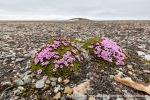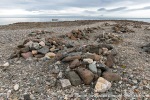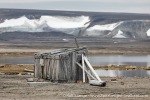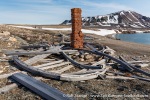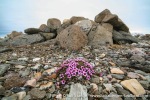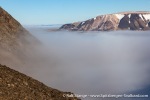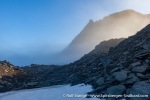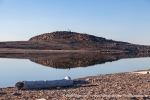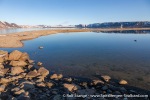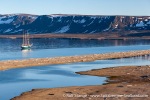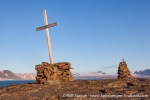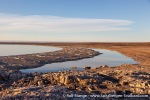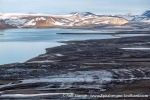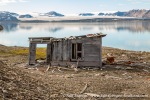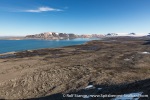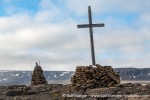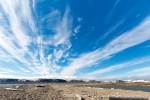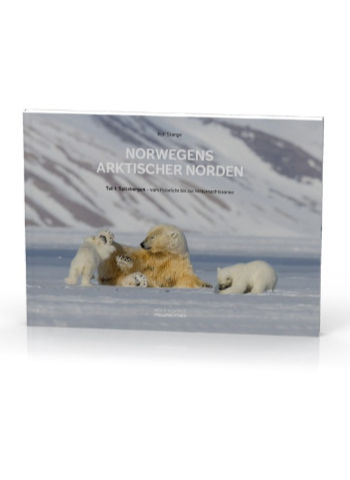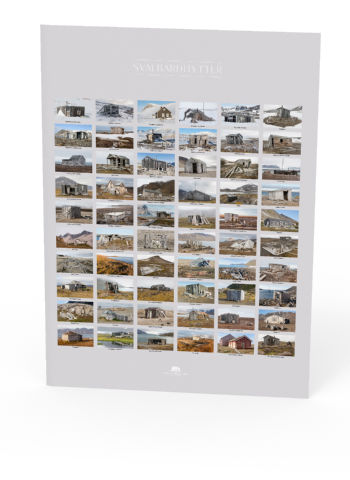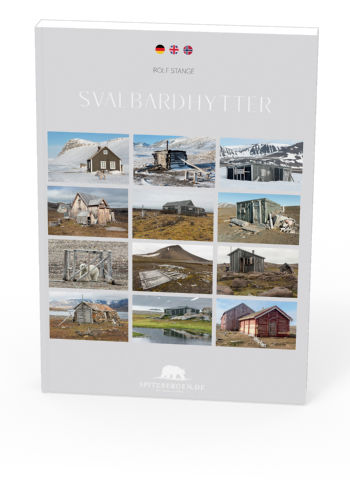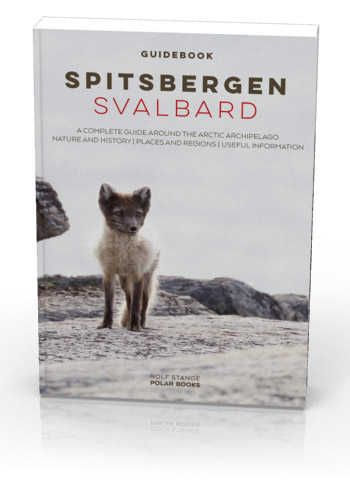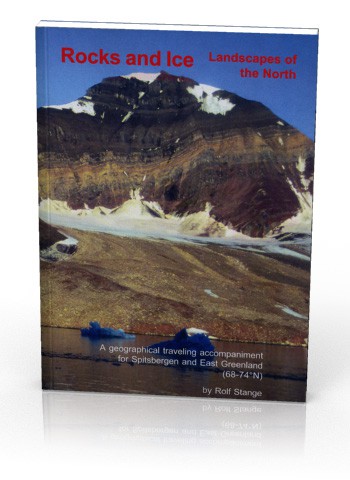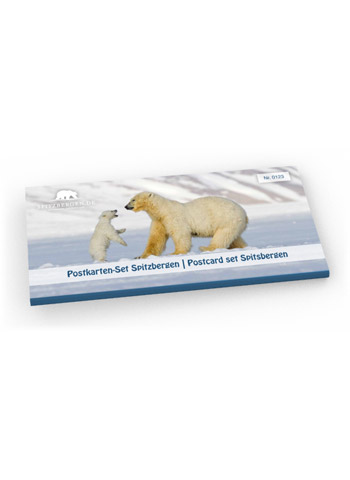-
current
recommendations- Liefdefjord
New page dedicated to one of Spitsbergen's most beautiful fjords. Background information and many photos.
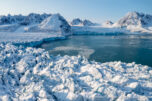
- New Spitsbergen guidebook
The new edition of my Spitsbergen guidebook is out and available now!
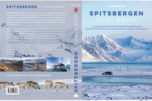
- Liefdefjord
New page dedicated to one of Spitsbergen's most beautiful fjords. Background information and many photos.
Page Structure
-
Spitsbergen-News
- Select Month
- May 2025
- April 2025
- March 2025
- February 2025
- January 2025
- December 2024
- November 2024
- October 2024
- September 2024
- August 2024
- July 2024
- June 2024
- May 2024
- April 2024
- March 2024
- February 2024
- January 2024
- December 2023
- November 2023
- October 2023
- September 2023
- August 2023
- July 2023
- June 2023
- May 2023
- April 2023
- March 2023
- February 2023
- January 2023
- December 2022
- November 2022
- October 2022
- September 2022
- August 2022
- July 2022
- June 2022
- May 2022
- April 2022
- March 2022
- February 2022
- January 2022
- December 2021
- November 2021
- October 2021
- September 2021
- August 2021
- July 2021
- June 2021
- May 2021
- April 2021
- March 2021
- February 2021
- January 2021
- December 2020
- November 2020
- October 2020
- September 2020
- August 2020
- July 2020
- June 2020
- May 2020
- April 2020
- March 2020
- February 2020
- January 2020
- December 2019
- November 2019
- October 2019
- September 2019
- August 2019
- July 2019
- June 2019
- May 2019
- April 2019
- March 2019
- February 2019
- January 2019
- December 2018
- November 2018
- October 2018
- September 2018
- August 2018
- July 2018
- June 2018
- May 2018
- April 2018
- March 2018
- February 2018
- January 2018
- December 2017
- November 2017
- October 2017
- September 2017
- August 2017
- July 2017
- June 2017
- May 2017
- April 2017
- March 2017
- February 2017
- January 2017
- December 2016
- November 2016
- October 2016
- September 2016
- August 2016
- July 2016
- June 2016
- May 2016
- April 2016
- March 2016
- February 2016
- January 2016
- December 2015
- November 2015
- October 2015
- September 2015
- August 2015
- July 2015
- June 2015
- May 2015
- April 2015
- March 2015
- February 2015
- January 2015
- December 2014
- November 2014
- October 2014
- September 2014
- August 2014
- July 2014
- June 2014
- May 2014
- April 2014
- March 2014
- February 2014
- January 2014
- December 2013
- November 2013
- October 2013
- September 2013
- August 2013
- July 2013
- June 2013
- May 2013
- April 2013
- March 2013
- February 2013
- January 2013
- December 2012
- November 2012
- October 2012
- September 2012
- August 2012
- July 2012
- June 2012
- May 2012
- April 2012
- March 2012
- February 2012
- January 2012
- December 2011
- November 2011
- October 2011
- September 2011
- August 2011
- May 2011
- April 2011
- March 2011
- February 2011
- January 2011
- December 2010
- November 2010
- September 2010
- August 2010
- July 2010
- June 2010
- May 2010
- April 2010
- March 2010
- February 2010
- November 2009
- October 2009
- August 2009
- July 2009
- June 2009
- May 2009
- April 2009
- March 2009
- February 2009
- January 2009
- December 2008
- November 2008
- October 2008
- August 2008
- July 2008
- June 2008
- May 2008
- April 2008
- March 2008
- February 2008
- April 2000
- Select Month
-
weather information
-
Newsletter

| Guidebook: Spitsbergen-Svalbard |
Home → Spitsbergen information → Islands: Spitsbergen & Co. → Spitsbergen (Northern part) → Sorgfjord
Sorgfjord
Nature and history of a fjord in northeast Spitsbergen
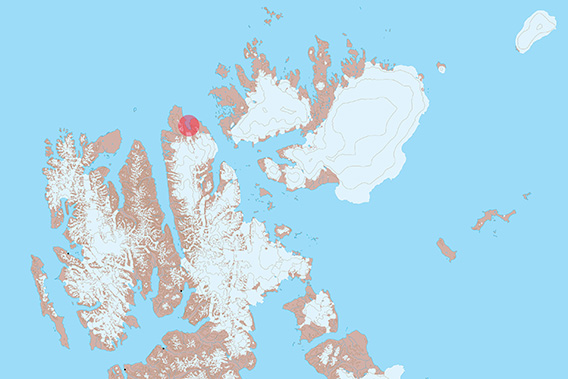
Sorgfjord is located on the northeast corner of Spitsbergen.
General
Situated just under 80°N at the northeastern corner of Spitsbergen at the entrance to the Hinlopen Strait, Sorgfjord is a scenic little fjord with a lot of interesting history. In historical times, Sorgfjord was also called ‘Treurenburg Bai’. The scenery may not be as spectacular as in some other fjords – there are no glaciers reaching the sea with calving cliffs, and the mountains are low, plateau-shaped, but it is characteristic and beautiful in its very own way and there are good hiking opportunities.
Sorgfjord-Panorama
There are several pages on this website dedicated to individual sites in Sorgfjord. These pages have background information, photo galleries and 360-dergree-panoramas.
Geology
Upper Precambrian, non-metamorphic sediments such as quarzites and dolomites, tectonically deformed and mostly steeply dipping. The same rocks are found further south in Lomfjord, in northeastern Hinlopen Strait and on Lågøya.
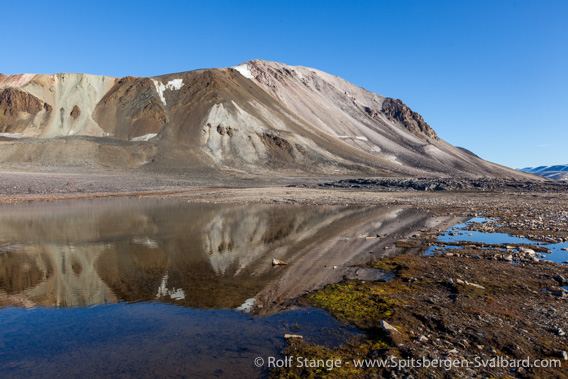
The mountain Heclahuken on the east side of Sorgfjord.
For those with some special interest in some of the finer details of geology, Sorgfjord has some interesting sites to offer. If you have, for example, ever wondered about the difference between layering and cleavage, then the rocks in the image below, found on the south side of Crozierpynten, may illustrate that very well. In this picture, you see both layering and cleavage. Layering (in the photo horizontal) originates during deposition of the sediment, while cleavage comes from tectonic pressure. Cleavage is always younger than layering (you can’t squeeze anything that isn’t there yet). In the photo, cleavage runs through the rocks from the lower left to the upper right.
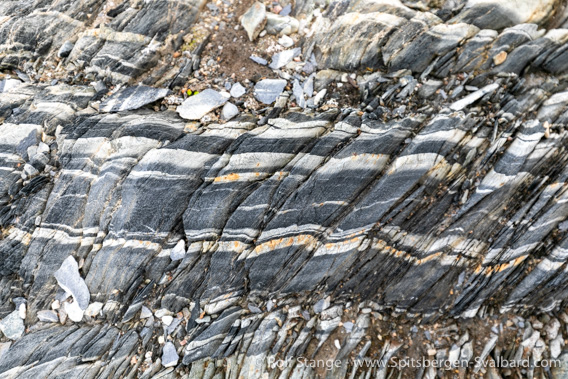
Steeply dipping upper Precambrian sediments (light-grey quarzitic sandstone and dark silt- and claystone) on the eastern side of the Sorgfjord (Crozierpynten).
Recommended book for further, well-digestable (really!) info about geology and landscape of Svalbard.
Landscape
Low plateau-shaped mountains with wide coastal plains, on which there are well-developed series of beach ridges. The interiour south of Sorgfjord is strongly glaciated.
Sorgfjord is a beautiful area for hiking. The northern part of Magdalenafjellet can be reached relatively easily with a bit of stamina and sure-footedness.
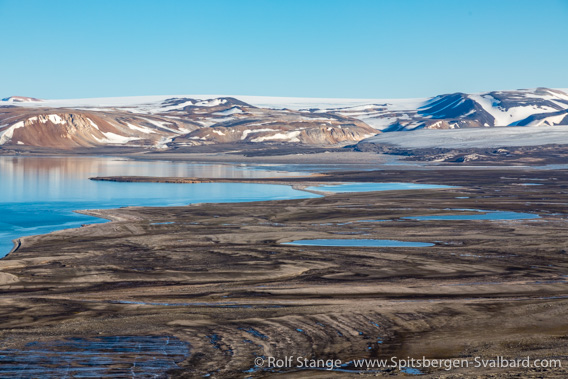
View from Magdalenafjellet over the lowland in inner Sorgfjord.
Flora and Fauna
Sorgfjord appears to be quite barren, a polar desert environment. This bay is usually not an outstanding wildlife site. Occasionally reindeer, and the mountains are, as can be expected, good places to find ptarmigan. The frequency of walrus sightings has increased in recent years, a very positive sign of the comeback of this species after it had been hunted almost to regional extinction until the 1950s. Migratory wildlife is, of course, always possible, and that may well including polar bears.
History
Considering it is a relatively small fjord, there is an amazing lot of stories connected to the place. The name ‘Sorgfjord’ (Worry bay) goes back to the whalers and may refer to difficulties with the ice in this corner of Spitsbergen, where the Gulf Stream is loosing its influence. It could also refer to armed conflicts between different whaling nations: In 1693, the Sorgfjord saw the northernmost sea battle ever when thee French warships brought up 40 Dutch whaling ships. 13 Dutch ships were captured, the rest escaped. A little graveyard at Eolusneset on the western side of Sorgfjord reminds us of the dangers of a whaler’s life. It was used by whalers in the 17th and 18th centuries, certainly including Dutch whalers, possibly also from other countries.
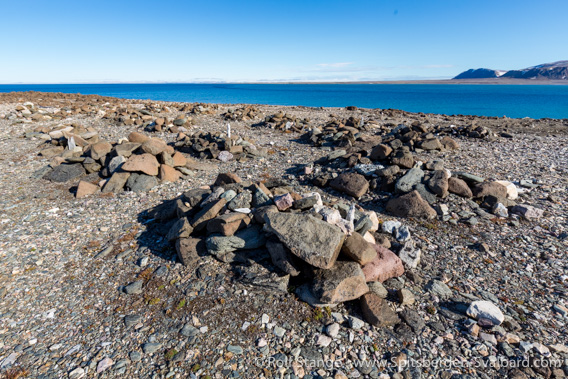
Whalers’ graveyard at Eolusneset.
In 1827, the Englishman William Edward Parry anchored on the east side of Sorgfjord with his ship Hecla. The bay, located directly south of Crozierpynten, has since been known as Heclahamna (Hecla harbor).
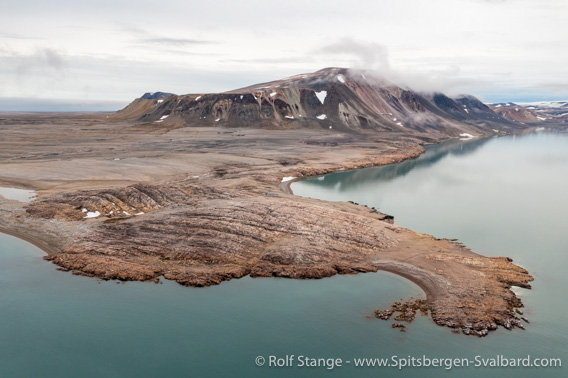
The little headland of Crozierpynten with Heclahamna on the southern (right) side.
The hill Flaggstanghaugen on Crozierpynten is just 31 meters high. Sometimes this is more than enough for a great view. Heclahamna is on the southern side of Crozierpynten.
Parry tried to reach the north pole with specially constructed sledge boats that could both be rowed in open water and pulled over ice, but he had to turn around at 82°40’N due to the difficulties the ice provided and the current which was against him and his men. The discovery of this NW-SE going current was, at least, a very significant one. As a consequence, Spitsbergen was mostly ignored by following expeditions aiming for the north pole, who favoured arctic Canada and northern Greenland instead for their bases.
There is a peculiar cross on a low hill at Eolusneset, known as Eoluskorset (Eolus cross. It was erected on June 06, 1855, by skipper J. Holmgren, Captain of the schooner Æolus (other spelling: Eolus) from Bergen. The ship was trapped in ice for some weeks, and in such cases it is of course always good to build a cross – you never know. In 1861, Æolus was there again, with the know famous Swedish polar explorer and geologist Otto Torell on board.
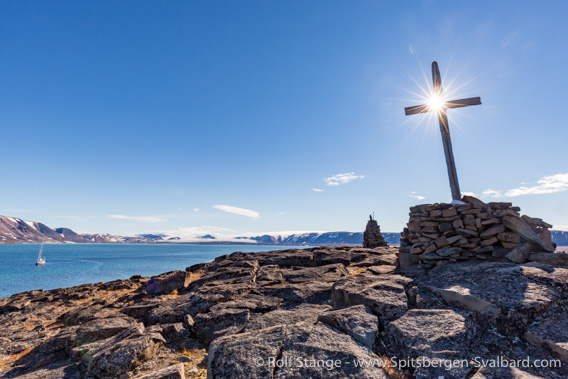
Eoluskorset / the Eolus cross at Eolusneset.
The Swedish-Russian Arc-de-Meridian Expedition (1899-1904) used the eastern side of the Sorgfjord (Heclahamna/Crozierpynten) for one of their headquarters.
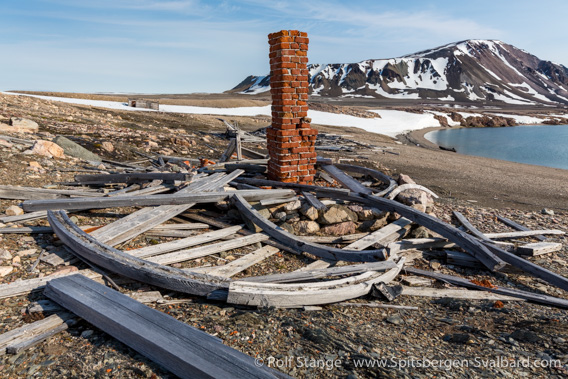
Remains of the station of the Arc-de-Meridian-expedition at Crozierpynten.
The list of those who visited Crozierpynten in the 19th and early 20th century is almost a who-is-who of arctic exploration of those years … the above-mentioned Edward Parry (1827), the Swedish section of the Russian-Swedish Arc-de-meridian-expedition established their wintering quarters there in 1899, and the Herzog Ernst, ship of the Schröder-Stranz-expedition, was forced to spend the winter 1912-13 there, while the leader himself, Herbert Schröder-Stranz, was most likely already dead on Nordaustland. This list is anything but complete. Not to mention all the trappers who wintered there when the Swedish house was still standing upright.
The station of the Arc-de-Meridian expedition on the southern side of Crozierpynten was built in 1899 by the Swedish section of the above-mentioned expedition and subsequently used to winter there. The expedition is surprisingly little known, but it was very successful and brought a wealth of topographic and other scientific material back home without any loss of life, quite in contrast to many others in those early years.
Later, Sorgfjord was the pivotal point for the ill-fated Schröder-Stranz-Expedition.
Trappers did not winter too often in Sorgfjord. They preferred Wijdefjord, the neighbouring fjord further west, which was easier to reach and provided better hunting opportunities. It was easier to get home again early in the summer after a wintering from Wijdefjord than from Sorgfjord, where the drift ice would often block the passage around Verlegenhuken from quite some time into the summer. There is still the ruin of a trapper hut on the north side of Eolusneset, but it has never been more than a small, secondary hut used occasionally on hunting trips from the main territory further west, in northern Wijdefjord.
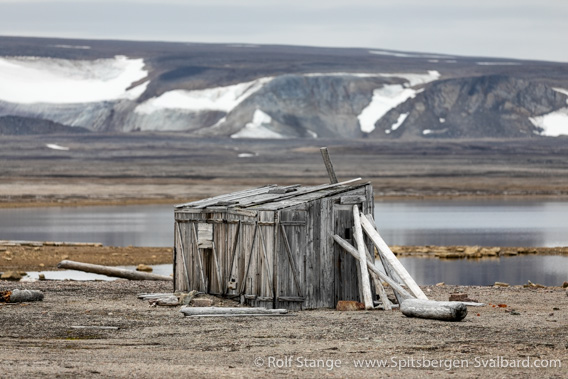
Ruin of a trapper hut at Eolusneset.
Photo gallery – Sorgfjord
Some impressions from the years 2007-2023. There are more photo gallery in the pages dedicated to Crozierpynten, Eolusneset and Magdalenafjellet.
- gallery anchor link: #gallery_2943
Click on thumbnail to open an enlarged version of the specific photo.
BOOKS, CALENDAR, POSTCARDS AND MORE
This and other publishing products of the Spitsbergen publishing house in the Spitsbergen-Shop.
last modification: 2023-10-15 ·
copyright: Rolf Stange
